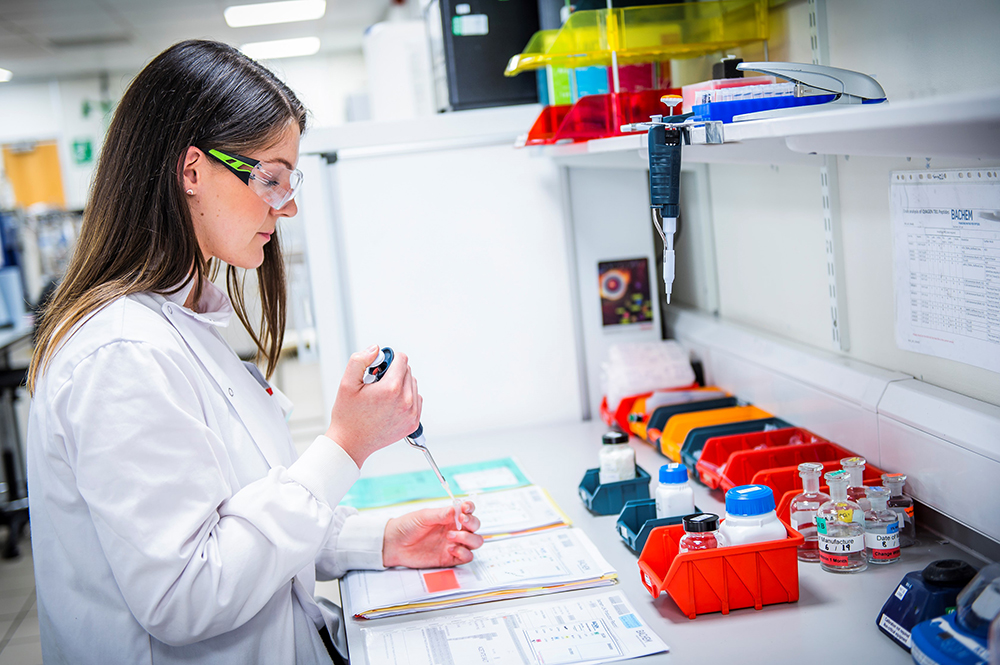Earnings remain strong among chemical distributors, but a slowdown is predicted.
Research by Moody’s Investors Service on Europe’s largest chemical distributors reveals a belief that profitability for most has more or less peaked for the next year.
However, the industry is still growing structurally despite a gloomy economic outlook, with distributors such as Brenntag and IMCD proving more resilient to demand shocks and energy inflation.
Moody’s report highlights that chemical distributors have experienced strong growth in profit since 2021 because of solid demand, higher prices and constrained supply. Third-party distributors are generally able to pass on higher prices because they target smaller customers which are less price sensitive.
However, the report predicts it will be hard to increase or maintain current profitability levels in 2023 because of the economic outlook, after an extremely strong year in 2022. But structural growth will still be driven by producers outsourcing distribution activities to third parties as they seek to control costs by simplifying their value chains.
Despite solid results in Q3 2022, analysts believe risks have risen materially and there is an increasing risk of a sales dip, especially in Europe, this year.
The report adds: “We recently lowered our euro area gross domestic product (GDP) forecasts. We now expect a recession in the euro area, with real GDP declining by 0.6% in 2023, compared with our August forecasts of 0.3% growth next year (2023).
“Overall we think that compared with most chemical producers, chemical distributors such as IMCD or Brenntag are more resilient to demand shocks and to the energy price inflation that is hitting Europe’s economy particularly hard. But they are not immune to weak economic conditions.
Historically, most chemical distributors have performed fairly well during downturns and have shown countercyclical releases of working capital. For example, during the 2008-09 global financial crisis, the third-party speciality chemicals and food ingredient distribution market declined by only 4% based on data published by Azelis.
“We expect commodity chemicals to be more cyclical compared with speciality chemicals. With declining sales volumes and chemical prices, we would expect working capital to reverse at least partly from today’s high levels, which should bolster liquidity.
“We also expect that most chemical distributors will continue to pursue acquisitions (typically fairly small and financed with either internally generated free cash flow or modest increases in debt) to further consolidate the market, which will offset potentially lower organic sales volumes.
“Chemical distributors have generally low direct exposure to energy prices because they act as intermediaries between manufacturers and customers, with relatively low energy intensity of their own operations. The industry benefits from a variable cost structure, with the cost of goods sold tied to demand and product prices.
“Since the beginning of the year, the cost of borrowing has increased sharply compared with prior years and investors have become increasingly selective over funding new deals.
“We think that chemical distributors benefit from cheaper debt compared with European chemical producers because of their lower exposure to energy costs and a higher degree of reliance to the weaker economy. This is demonstrated by the recent debt issuance by Caldic Group.
“In November, Caldic Group raised a €200 million add-on to its existing E+350 first-lien euro term loan with an original issue discount of around 92, which implies a yield of around 7% based on data published by LCD news. Also, Brenntag’s bond-implied rating is one notch above its issuer rating, based on data by Moody’s Analytics, reflecting investors’ confidence in the company.










